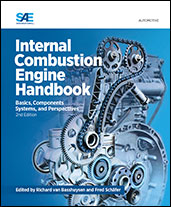Technical Paper
Ideas for Next Lighting Generations in Digitalization and Autonomous Driving
2018-04-03
2018-01-1038
Digitalization in Industry and Society is progressing quickly. Up to now, just 5 static and standard lighting applications have been dominating in the U.S. (Low/High Beam, Daytime Running Lamp Turn Indicator & Position Lamp). The global interest in standardization of light driven messages from autonomous vehicles to other traffic participants has opened new research needs and research findings. In Europe, GTB has established a working group dedicated to this topic. The article will discuss the possible contribution of signalling and lighting functions to Digitalization and Autonomous driving by explaining the first elements of functional definition and research results.


